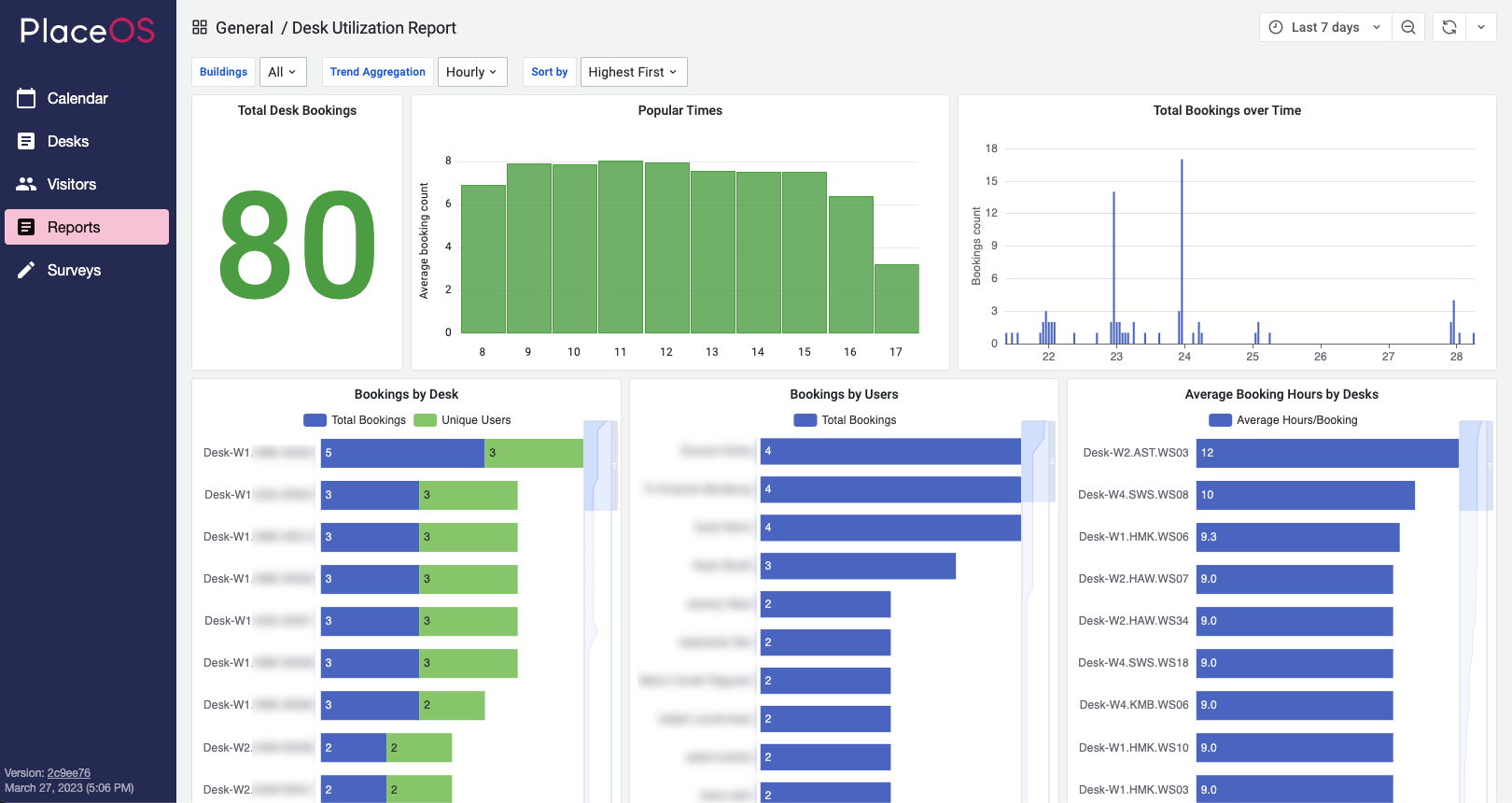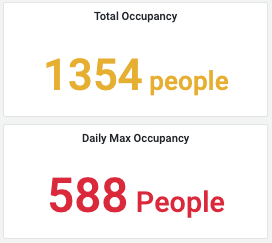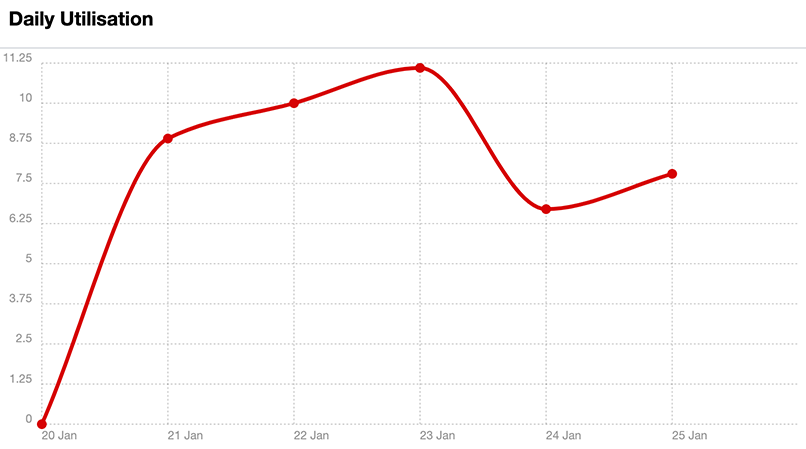Office Space Utilization: The Roadmap to Efficiency
Ever walked into an office and felt like it’s either too cramped or eerily empty? Struggling to manage the Tuesday through Thursday bell curve? Don’t know how to adapt your space to suit the needs of your employees? That’s where office space utilization comes in.
Why Office Space Utilization is Important
The Modern Office Landscape
Gone are the days when offices were just rows of cubicles. Modern offices are dynamic, with open spaces, collaboration zones, and flexible seating. But with this evolution comes the challenge of ensuring that space is used efficiently.
Benefits of Efficient Space Utilization
Efficient space utilization isn’t just about aesthetics. It can lead to increased employee satisfaction, better collaboration, and even cost savings. Imagine the possibilities when every square foot of your office is used to its maximum potential!

Which Office Space Utilization Metrics Matter
Occupancy Rate
This metric tells you how much of your office space is occupied. It’s a simple yet powerful indicator of whether you’re over or under-utilizing your space.

Space Utilization Rate
Ever had a meeting room that’s always booked but hardly ever used? The space utilization rate can help identify such inefficiencies by showing how often spaces are actually used.

Peak Utilization
This metric helps businesses understand when their office space is most used. It’s crucial for planning events or making changes to the office layout.
How to Calculate Office Space Utilization
The Basic Formula
It’s simple math, really. Divide the total occupied space by the total available space. Multiply by 100, and you get your utilization rate!
Being Better Than Basic
Utilization gets deep. Understanding it on that level is what you’re aiming for. Sure you can check utilization across the entire office but that doesn’t tell you very much. You should be breaking it down into space types like floors, room and space types. Measuring how each of those are performing. But you can’t make judgments based purely on those statistics alone.
You need to know why…
Understanding Why Certain Utilization Trends are Occurring
Context Matters
When diving into utilization data, context isn’t just important—it’s essential. It’s the story behind the numbers, the “why” that gives meaning to the “what.” Let’s say collaborative space use has surged by 30% on the second floor but plummeted by 20% on the fourth floor. It’s tempting to jump to conclusions and reconfigure spaces based on these numbers alone. But hold on a second! There could be a myriad of reasons behind these trends. Maybe the second floor has a coffee machine that everyone loves, or perhaps the fourth floor’s AC is a tad too chilly. Without understanding the context, making changes could lead to more problems than solutions.
The Power of Surveys
So, how do we get to the heart of these utilization trends? The answer is simple: ask the people. Surveys are a fantastic tool to gauge employee preferences, concerns, and suggestions. Want to know why a particular meeting room is always empty even during peak hours? Or why another room is the favorite spot for brainstorming sessions? A well-crafted survey can provide insights that raw data alone can’t. After all, it’s the people who make the space come alive, and their feedback is invaluable in creating an office environment they’ll truly love.

Why is Space Management Important for an Office
Enhancing Employee Productivity
A well-managed space can boost employee morale and productivity. Think about it: would you rather work in a cluttered, chaotic environment or a well-organized, optimized one?
Cost Savings and Efficiency
Effective space management can lead to significant cost savings. By understanding and optimizing space usage, businesses can avoid unnecessary real estate expenses.
Adapting to Changing Needs
Offices aren’t static. They need to adapt to changing business needs, and effective space management ensures they can do so seamlessly.
The Role of PlaceOS in Space Management
PlaceOS isn’t just another platform; it’s a game-changer. By integrating various office systems, it provides insights and automation that can transform how businesses view and manage their spaces.
Conclusion
Office space utilization is more than just managing physical space; it’s about creating an environment where businesses can thrive. With the right metrics, tools, and mindset, any business can turn their office into a beacon of efficiency and productivity.
FAQs
What is PlaceOS?
PlaceOS is an integration platform that helps businesses manage and optimize their office spaces.
Why is peak utilization important?
Peak utilization helps businesses understand their busiest times, aiding in better planning and resource allocation.
How can technology aid in space management?
Platforms like PlaceOS provide real-time data, insights, and automation, making space management more accurate and efficient.
Can efficient space utilization impact employee morale?
Absolutely! A well-organized space can boost employee satisfaction and productivity.
Is office space utilization only about physical space?
No, it’s also about optimizing resources, enhancing productivity, and adapting to changing business needs.